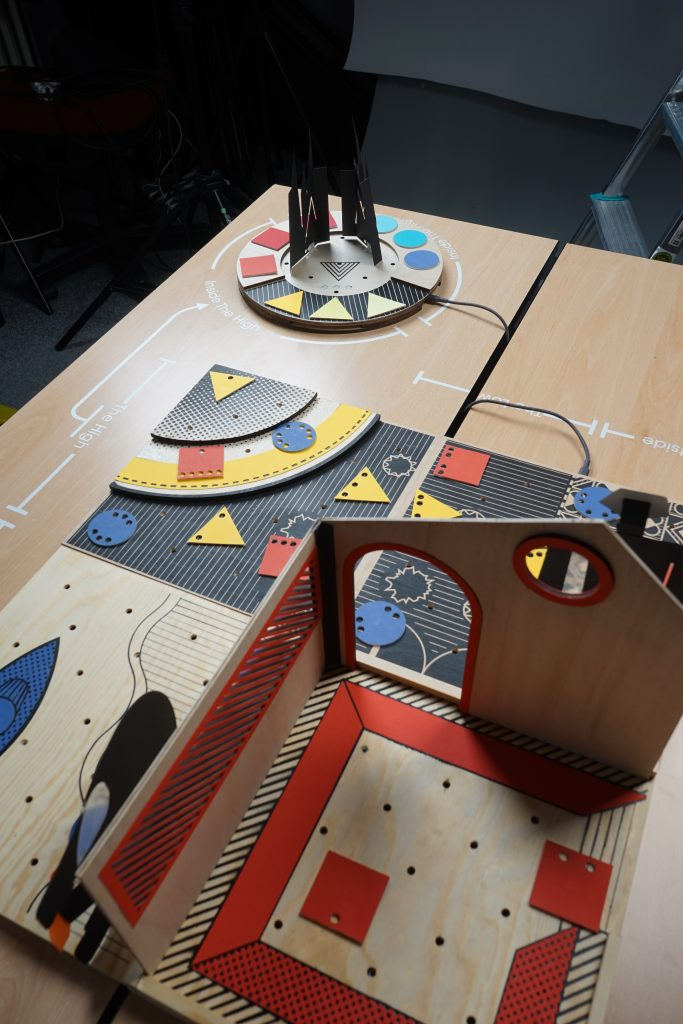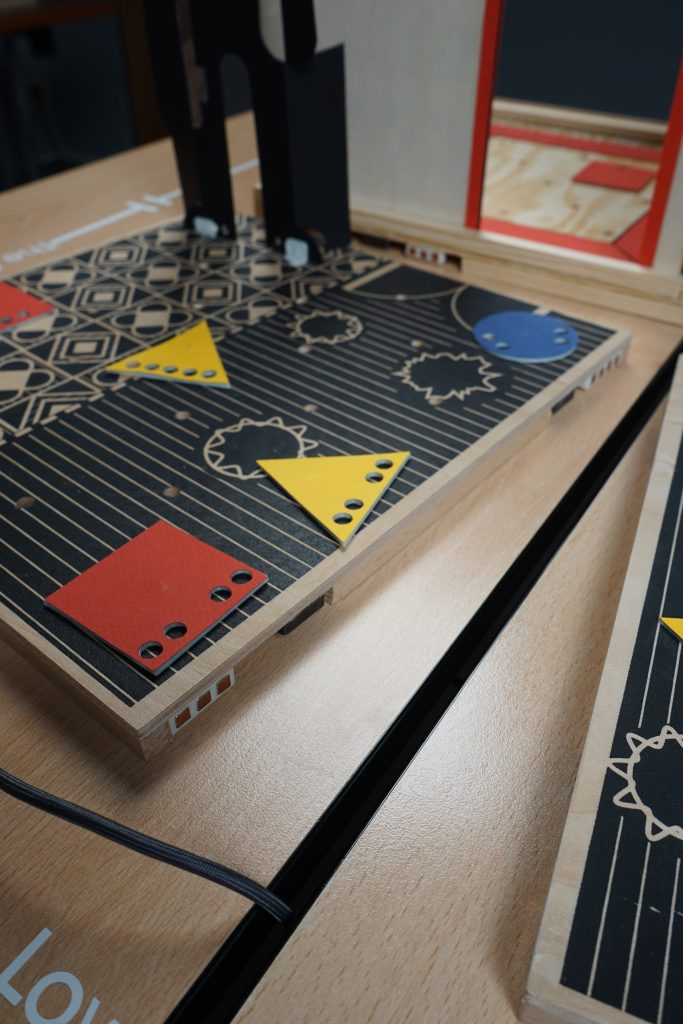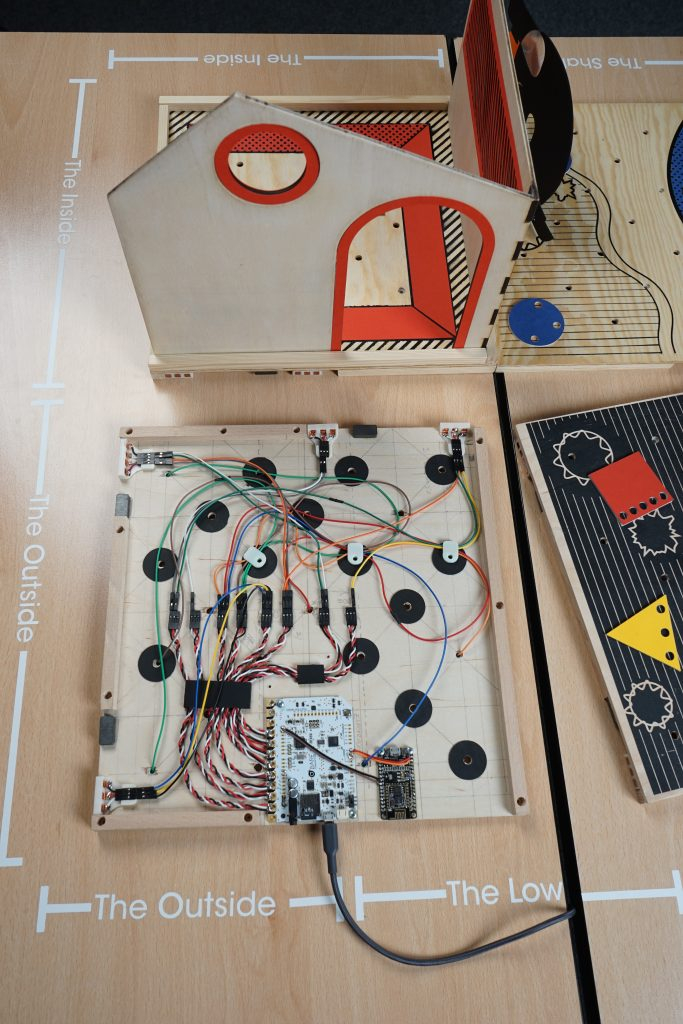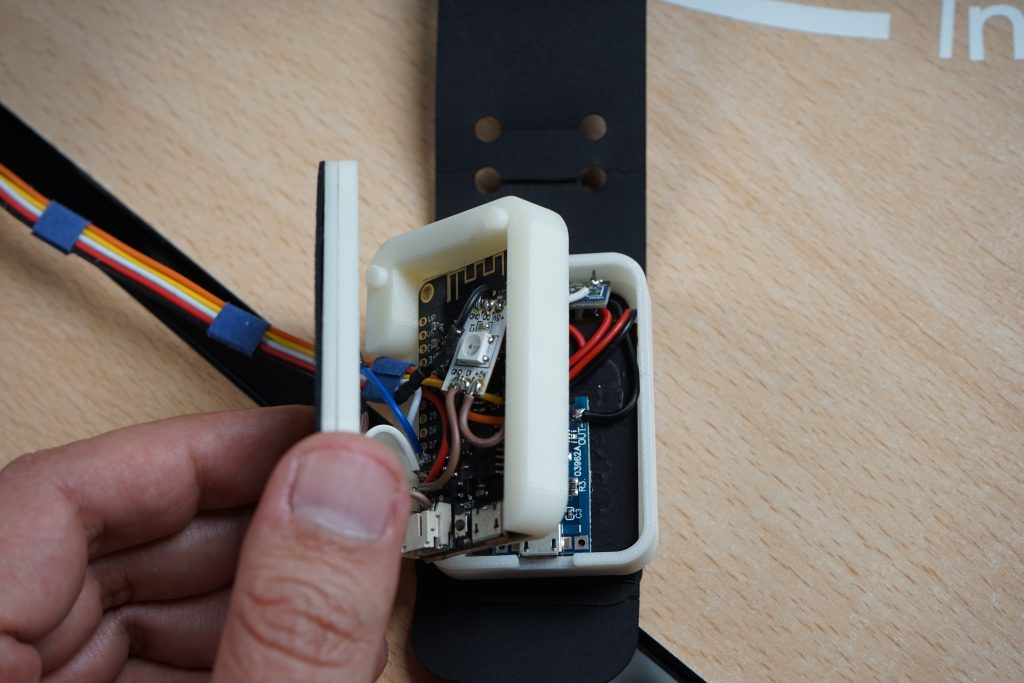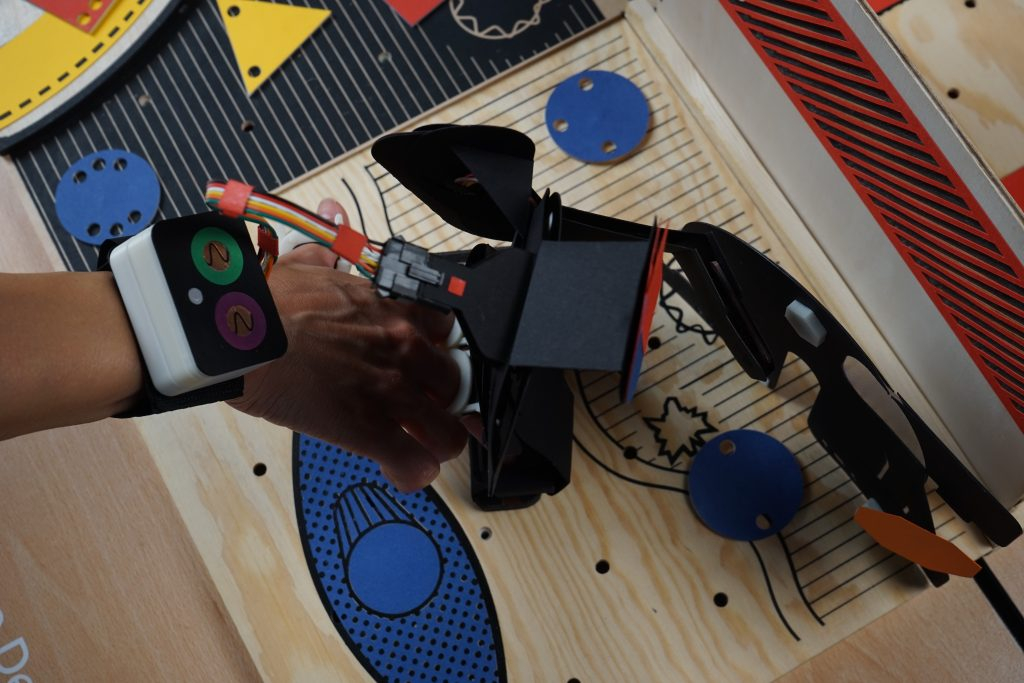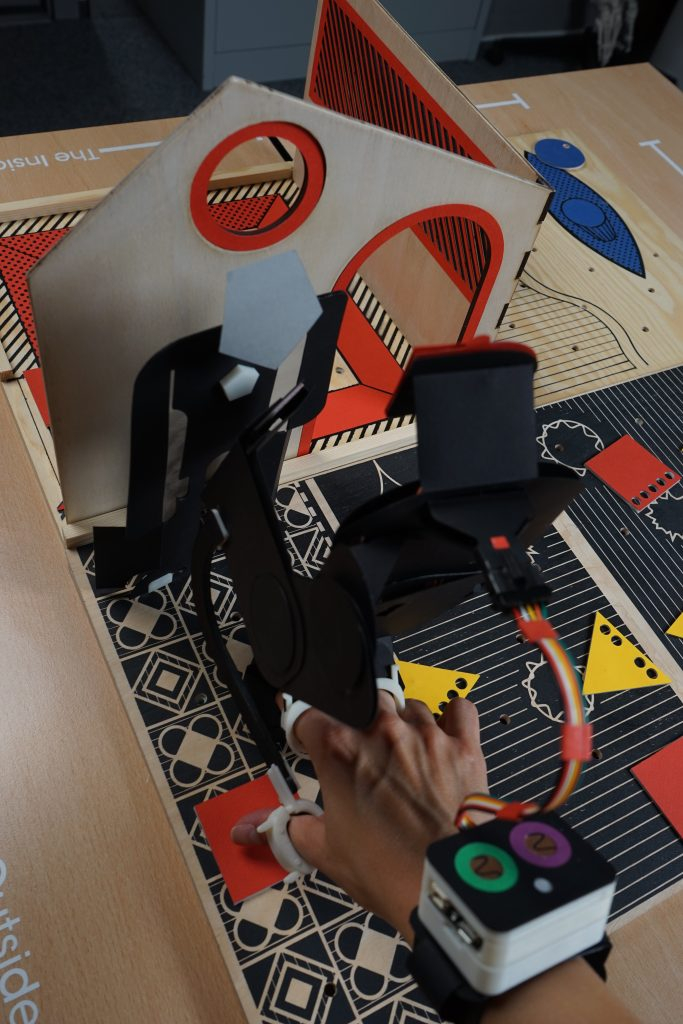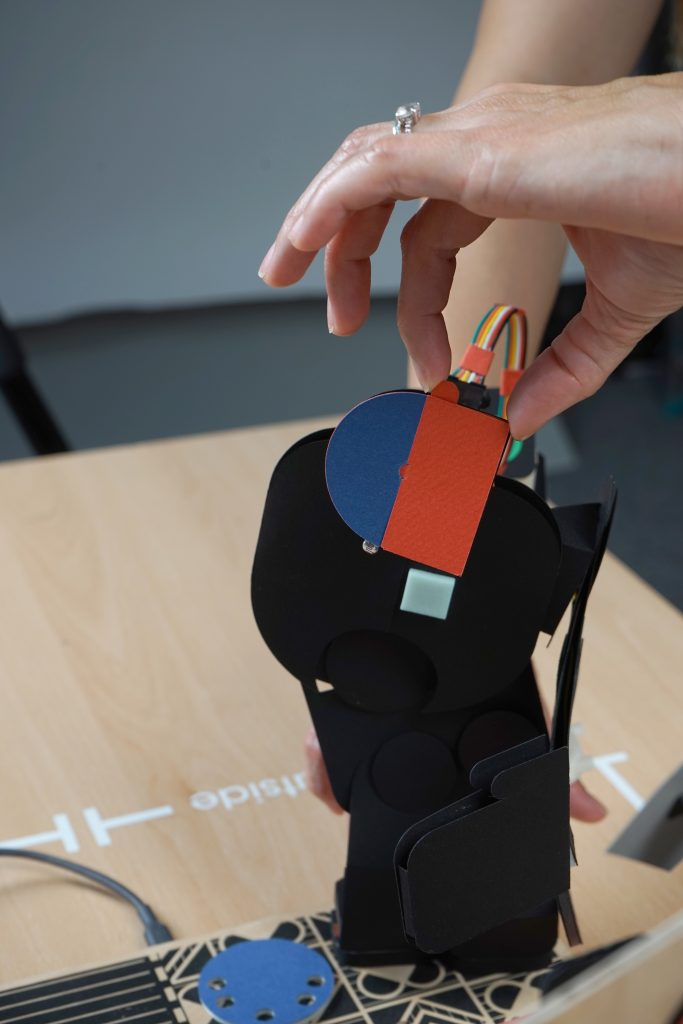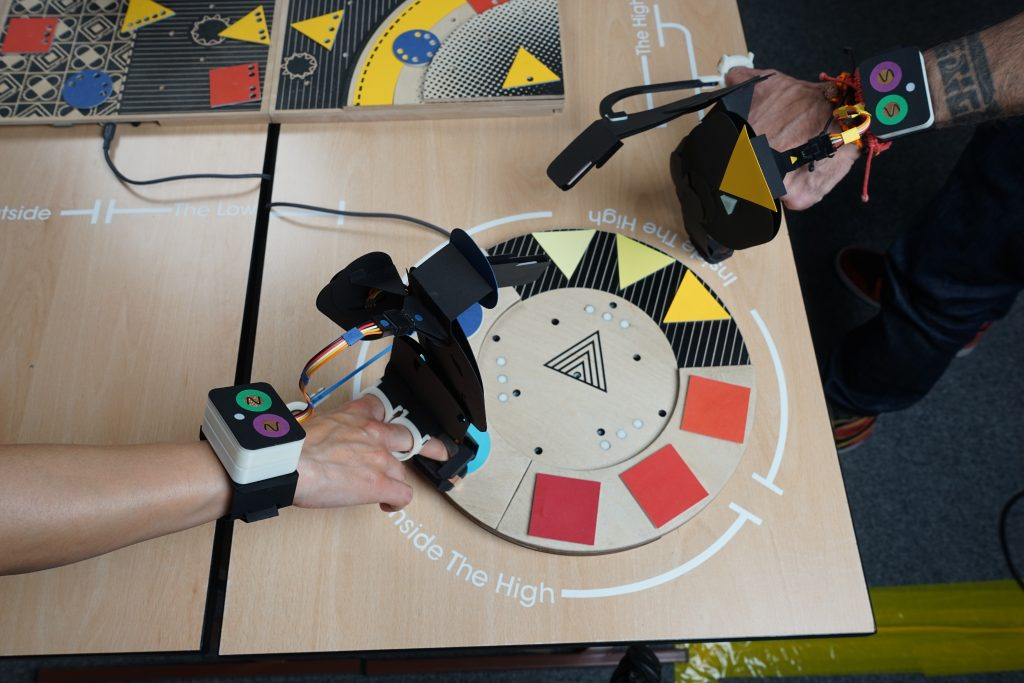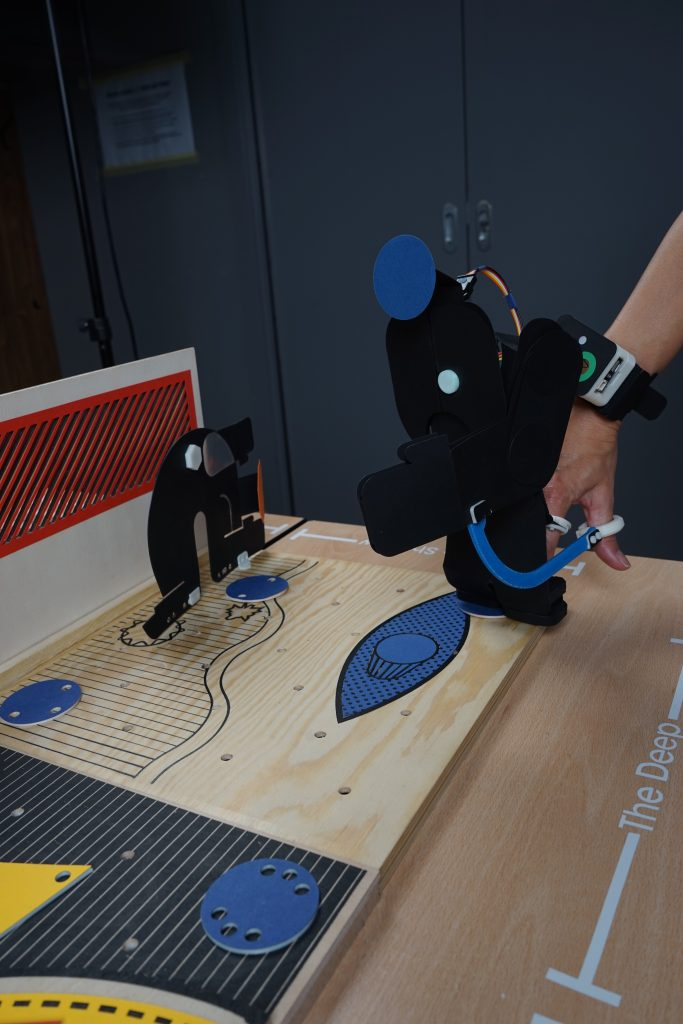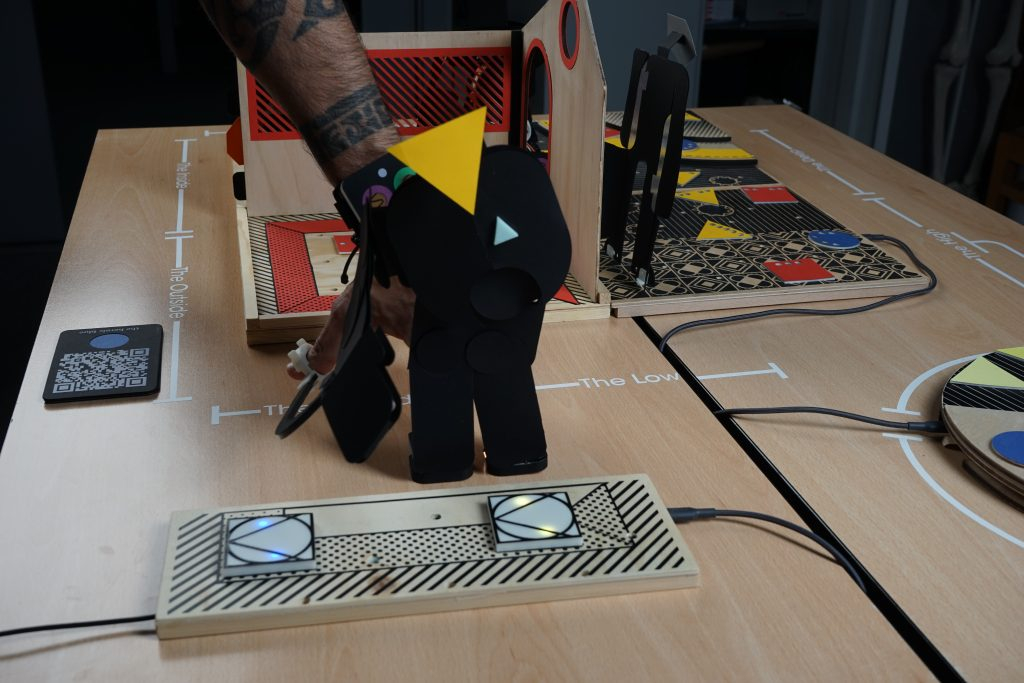The Non-myth of the Noble Red: A Tangible Narrative that Explores Brechtian Principles
The Non-myth of the Noble Red (henceforth, The Non-myth) is a tangible narrative that conceptually expands upon the theoretical and design learnings reported in the research and design of Letters to José, an earlier tangible narrative case. The design of Letters to José and an empirical study revealed multiple considerations for authoring tangible narratives. Among these is a narrative architecture—which considers several levels of narrative and non-narrative content—and a typology of tangible artefacts for storytelling—which describes artefacts from their position in the narrative, their function, the relationship between action and outcome, and the interaction methods it allows. These considerations have significantly influenced the design and authoring of The Non-myth. The plot of The Non-myth is relatively concise: The Villainous Yellow threatens a community. The Noble Red, the descendant of the Hopeless Grey—ruler of the land, is ultimately taken to the villain’s lair when the villain asks for a sacrifice to soothe its wrath. As soon as the Heroic Blue learns of this, it chooses to act to save everyone. At this point, the narrative departs from convention and raises many questions in the story that the users/performers must eventually answer: Does the Noble Red want to be saved? Can it protect itself without help from the Heroic Blue, or is the Noble Red really the weakest link in the story? Does the Villainous Yellow want to be a villain? Is the Heroic Blue indeed needed? It is up to the users to answer these questions.
The main conflict in the original myth—the eventual encounter between the maiden, the hero, and the villain—is positioned at the centre of The Non-myth, not as the narrative’s opening point but rather as its middle. The progression through the plot of The Non-myth depends on the choices made by the users. In contrast to the first act, where users advance the narrative episodically and rarely interact with other characters, the second and third acts depend on the choices and actions made together. They have three options for getting to the conflict’s resolution: two can choose the same path, take different paths, or none, as the story can catastrophically end with no other paths to choose from. In any case, the narrative does not prescribe an ending; instead, it allows the users to explore the options and mutually decide which conclusion best matches their interpretation of the plot.
The user interacts with The Non-myth through cardboard puppets worn in the user’s hand, comparable to glove puppets. They are computationally enhanced and use mechanisms that borrow inspiration from traditional Indonesian puppetry, Chinese shadow puppets, and Eastern European marionettes. The Puppets (and the users) can interact with other puppets, spaces, and objects through different sensors. Previous studies have demonstrated that puppets as interfaces: mediate between imagination and the real world, promote self-recognition, enhance digital/physical interactions, increase users’ feelings of agency, and make the narrative more expressive and spontaneous.
The Non-myth runs on an installation of NodeRed, an open-source tool designed for Internet of Things systems that allow devices to exchange data. Each Puppet runs a web server that sends data from and to the sensors to a NodeRed flow. Content is provided directly to the user through a Twine story, which in the case of The Non-myth, is served from within NodeRed. The user’s mobile phone access the Twine story and delivers it audibly. This way, the users rely on a set of earphones to listen to spoken audio while engaging with the story. Since they do not have to interact with the screen, the users can keep the mobile in their pocket while engaging with the story.
The Non-myth incorporates ideas from the study of performative art, particularly Brechtian theatre. This coupling examines performative arts as a source for innovative and unique approaches to creating interactive narratives. The strategy emphasises the exploration of distinct aesthetic approaches to storytelling and the critical discourse of the narrative. The authoring of The Non-myth was about making visible, questioning, and challenging assumed roles inherited from prototypical Western literature by providing ways to bend, break, or follow them. This was achieved by using authoring methods brought from Bertolt Brecht’s Epic Theatre to distance the users from the story and facilitate their focus on the social implications of the narrative.
Publications
The Non-myth of the Noble Red: Exploring Brechtian Principles of Storytelling and Performance in the Authoring of a Tangible Narrative
Publication date: 2022/6/20
Book: Proceedings of the 14th Conference on Creativity and Cognition
Pages: 520-525
Link: https://dl.acm.org/doi/abs/10.1145/3527927.3535207
Integrating Brechtian Concepts in the Design of a Tangible Narrative: The Case of “The Non-myth of the Noble Red”
Publication date: 2022/12/2
Book: International Conference on Interactive Digital Storytelling
Pages: 383-394
Link: https://link.springer.com/chapter/10.1007/978-3-031-22298-6_23
Tangible Narrative: The Intersection of Performance, Interactivity, and Narrative—A Design Case
Publication date: 2022
Journal: Proceedings http://ceur-ws. org ISSN
Volume: 1613
Link: https://ceur-ws.org/Vol-3328/paper8.pdf


